You don’t need 0s and 1s to perform computations, and in some cases it’s better to avoid them.
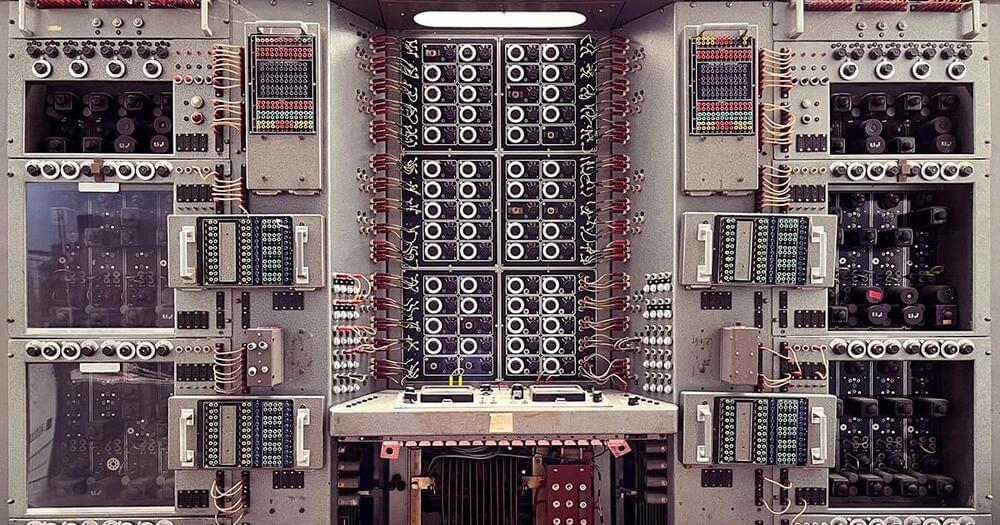

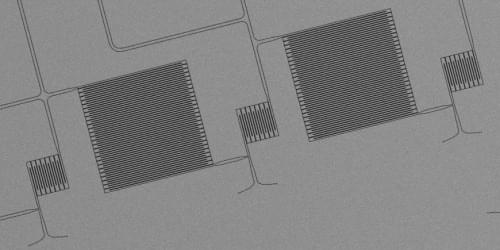
Single-photon detectors built from superconducting nanowires have become a vital tool for quantum information processing, while their superior speed and sensitivity have made them an appealing option for low-light imaging applications such as space exploration and biophotonics. However, it has proved difficult to build high-resolution cameras from these devices because the cryogenically cooled detectors must be connected to readout electronics operating at room temperature. Now a research team led by Karl Berggren at the Massachusetts Institute of Technology has demonstrated a superconducting electronics platform that can process the single-photon signals at ultracold temperatures, providing a scalable pathway for building megapixel imaging arrays [1].
The key problem with designing high-resolution cameras based on these superconducting detectors is that each of the sensors requires a dedicated readout wire to record the single-photon signals, which adds complexity and heat load to the cryogenic system. Researchers have explored various multiplexing techniques to reduce the number of connections to individual detectors, yielding imaging arrays in the kilopixel range, but further scaling will likely require a signal-processing solution that can operate at ultralow temperatures.
Berggren and his collaborators believe that the answer lies in devices called nanocryotrons (nTrons), which are three-terminal structures made from superconducting nanowires, just like the single-photon detectors are. Although nTrons do not deliver the same speed and power of superconducting electronics based on Josephson junctions, the researchers argue that these shortcomings are not a critical problem in photon-sensing applications, where the detectors are similarly limited in speed and power. The nTrons also offer several advantages over Josephson junctions: they operate over a wider range of cryogenic temperatures, they don’t require magnetic shielding, and they exploit the same fabrication process as that used for the detectors, allowing for easy on-chip integration.
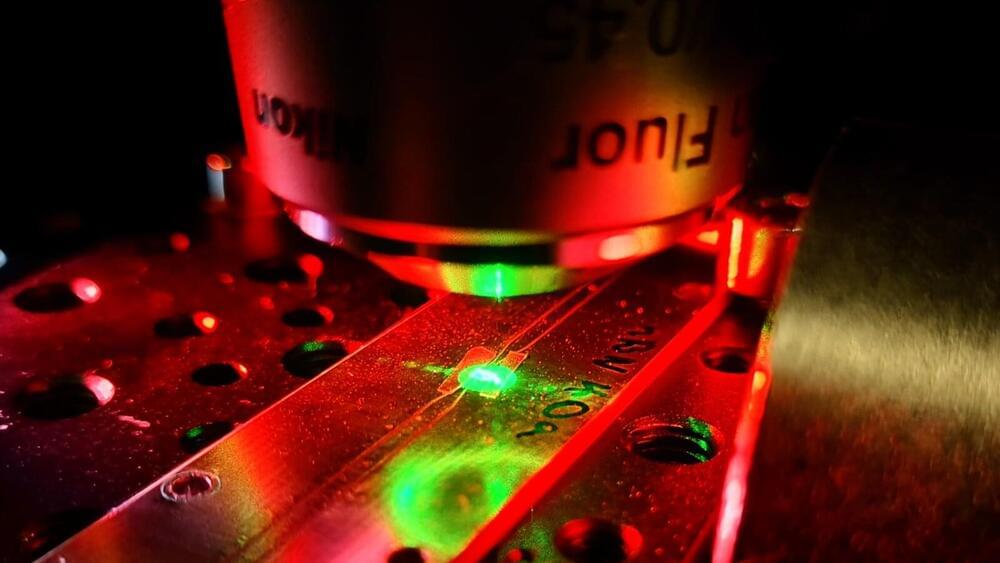
Researchers at TMOS, the ARC Center of Excellence for Transformative Meta-Optical Systems, and their collaborators at RMIT University have developed a new 2D quantum sensing chip using hexagonal boron nitride (hBN) that can simultaneously detect temperature anomalies and magnetic field in any direction in a new, groundbreaking thin-film format.

Warning: Spoilers for both films, The Matrix and The Thirteenth Floor ahead!
This year is the 25th anniversary of both The Matrix (see my article here) and The Thirteenth Floor (released on May 28, 1999). Both films depict what we now call the simulation hypothesis, the idea that we might live inside a computer simulation. In my college-level class that I teach about the emerging field of simulation (titled Simulation Theory: Sci-Fi, Technology, Religion and Philosophy), while The Matrix is the first sci-fi film I assign to my students, the second one is The Thirteenth Floor. While The Matrix is by far the most recognizable popular media depiction of the simulation idea, on this anniversary I am arguing that The Thirteenth Floor may be a better and richer representation of a number of aspects of the simulation hypothesis than even The Matrix.
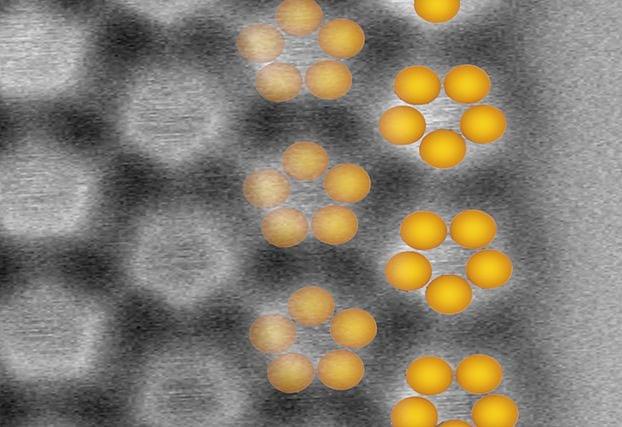
Phosphorus is an exciting element: It is essential for the survival of organisms and promises numerous electronic applications. With this in mind, researchers at the University of Basel have synthesized two-dimensional layers containing rings of five phosphorus atoms (phosphorus pentamers (cyclo-P5)) on a silver surface.
For the first time, they have been able to investigate their electronic properties using combined atomic force and scanning tunneling spectroscopy. They found that the atomic phosphorus pentamer layer retains its semiconductor properties and forms a special electronic interface where the layer joins the silver surface (p-type semiconductor-metal Schottky junction).
This shows that phosphorus pentamers on the silver surface fulfill a basic requirement for applications in field-effect transistors, diodes or solar cells, as recently reported by the research team in the scientific journal Nature Communications (“Probing charge redistribution at the interface of self-assembled cyclo-P5 pentamers on Ag(111)”).
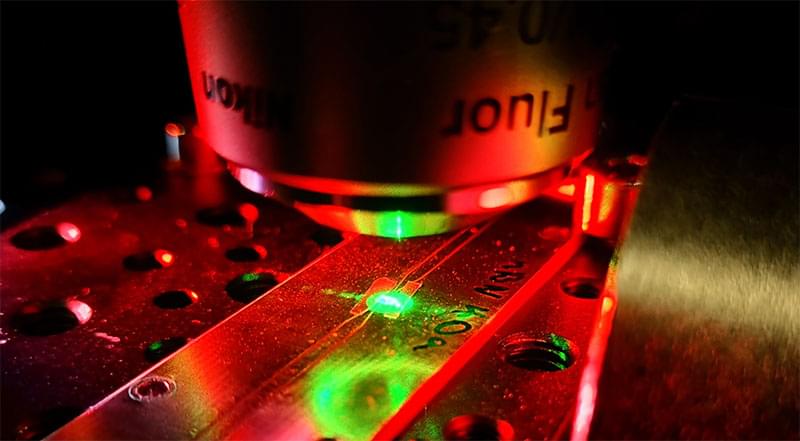
Researchers at TMOS, the ARC Centre of Excellence for Transformative Meta-Optical Systems, and their collaborators at RMIT University have developed a new 2D quantum sensing chip using hexagonal boron nitride (hBN) that can simultaneously detect temperature anomalies and magnetic field in any direction in a new, groundbreaking thin-film format.
In a paper released in Nature Communications (“Multi-species optically addressable spin defects in a van der Waals material”), they detail a sensor that is significantly thinner than current quantum technology for magnetometry, paving the way for cheaper, more versatile quantum sensors.
Experimental set-up of hBN quantum sennsor. (Image: RMIT University)
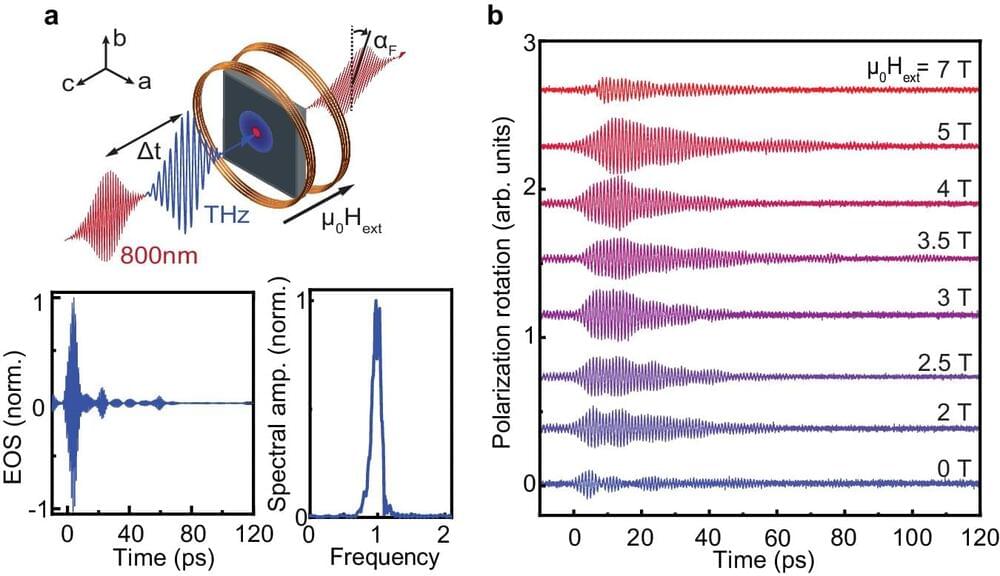
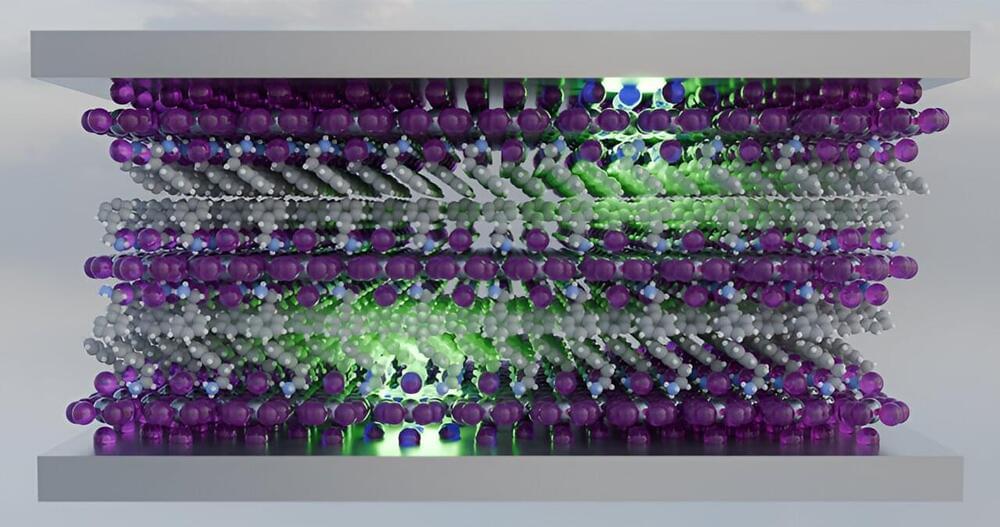
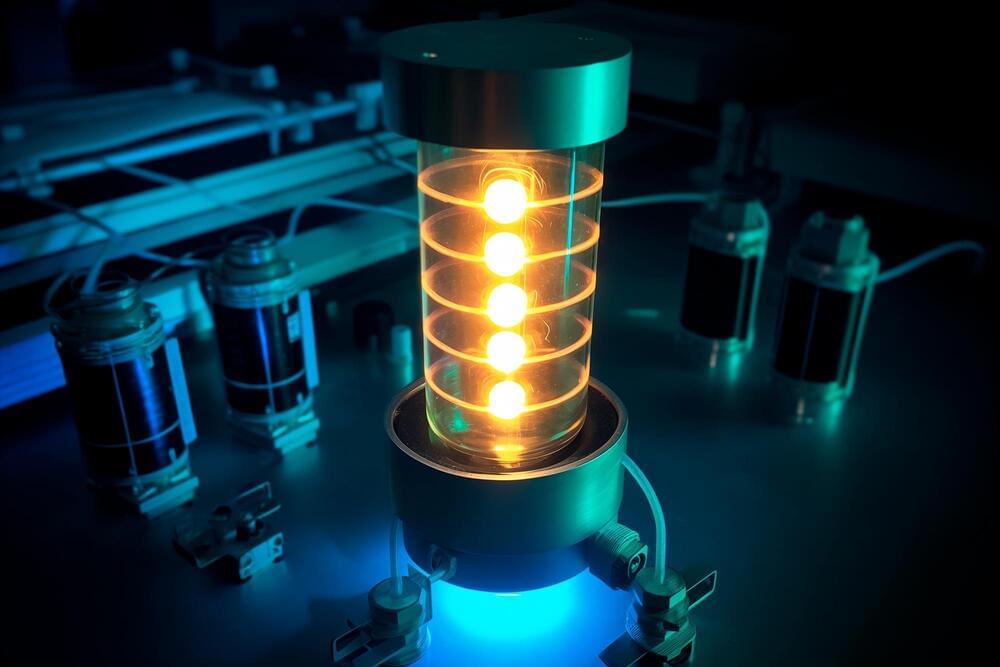
CU Boulder scientists have found how ions move in tiny pores, potentially improving energy storage in devices like supercapacitors. Their research updates Kirchhoff’s law, with significant implications for energy storage in vehicles and power grids.
Imagine if your dead laptop or phone could be charged in a minute, or if an electric car could be fully powered in just 10 minutes. While this isn’t possible yet, new research by a team of scientists at CU Boulder could potentially make these advances a reality.
Published in the Proceedings of the National Academy of Sciences, researchers in Ankur Gupta’s lab discovered how tiny charged particles, called ions, move within a complex network of minuscule pores. The breakthrough could lead to the development of more efficient energy storage devices, such as supercapacitors, said Gupta, an assistant professor of chemical and biological engineering.
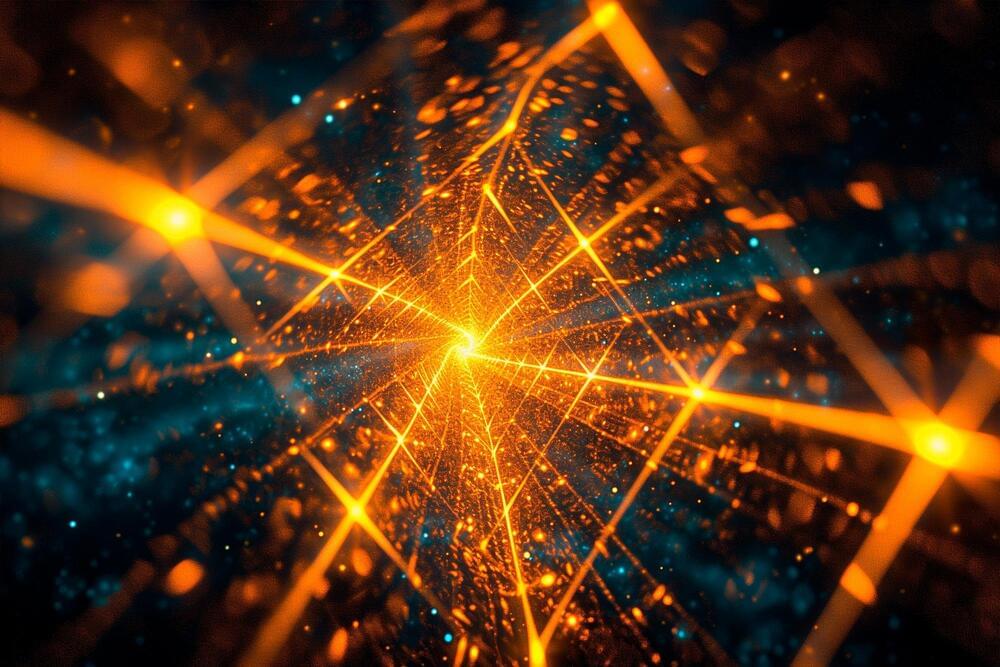
A team of physicists has successfully created superconducting properties in materials known for conducting electricity only at their edges, marking a potential leap forward in quantum computing technology.
This achievement, which has eluded researchers for over a decade, was made possible through meticulous control of the experimental conditions.
Quantum Breakthroughs